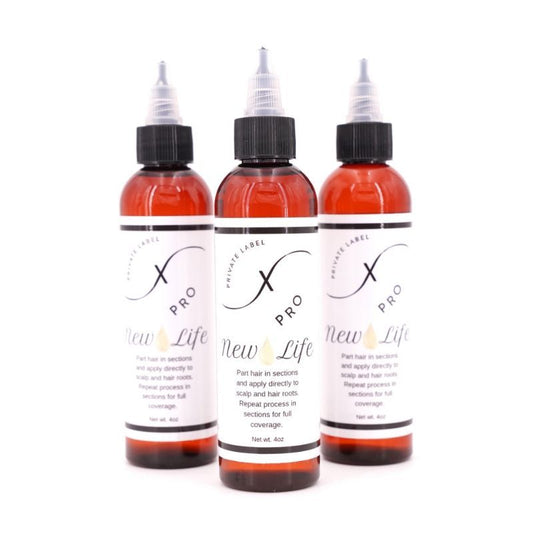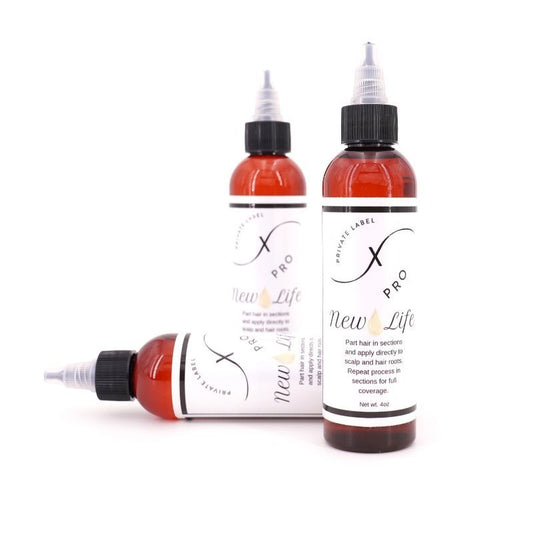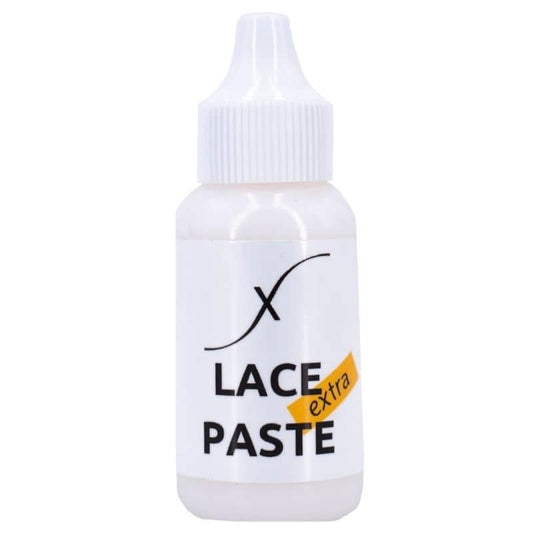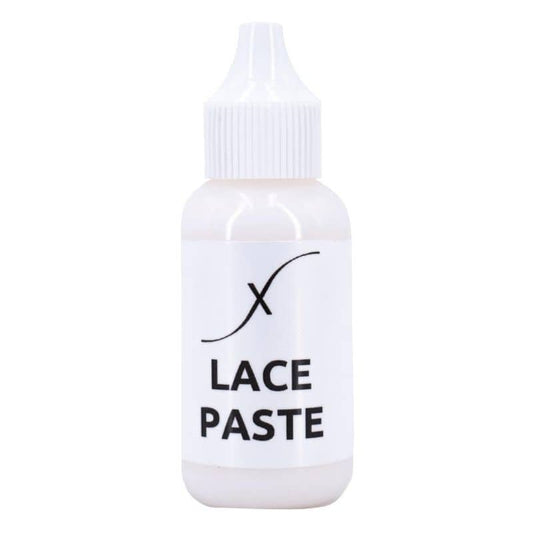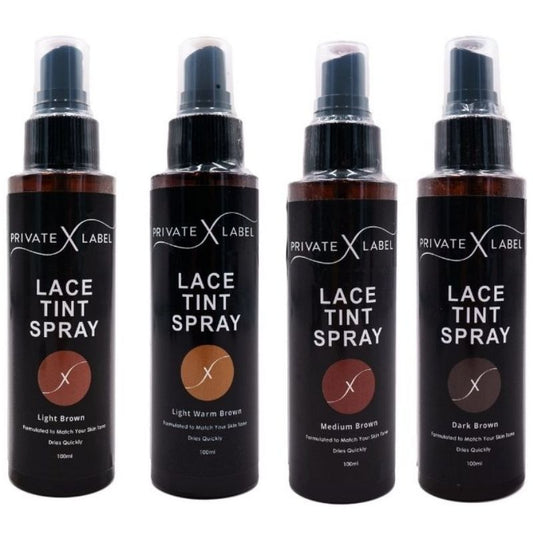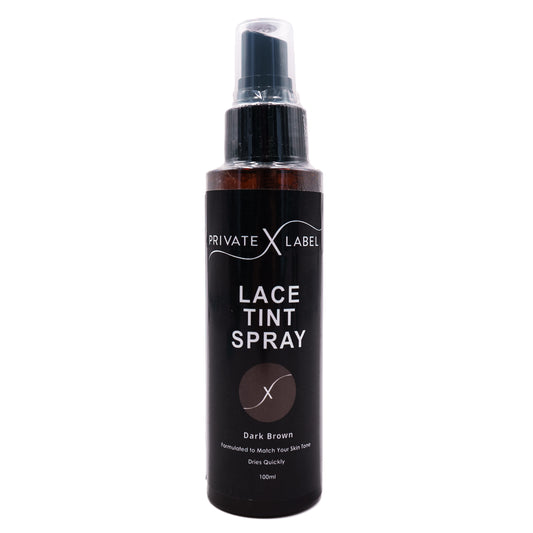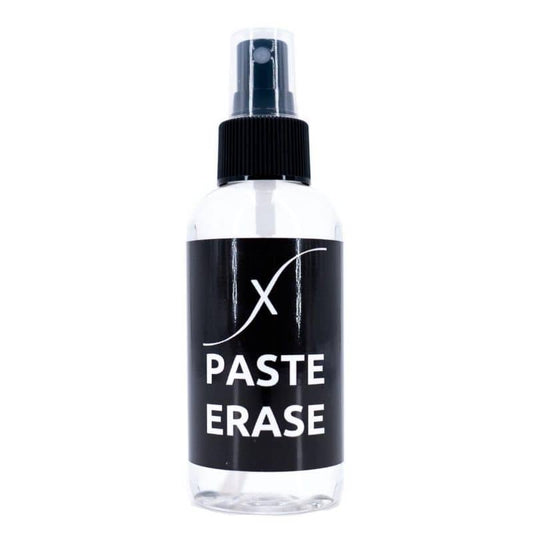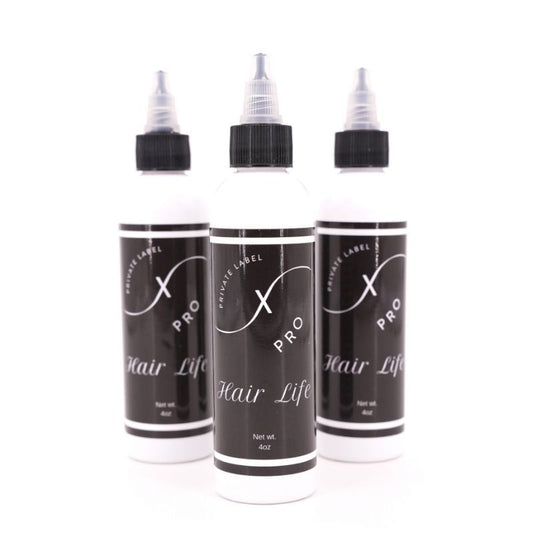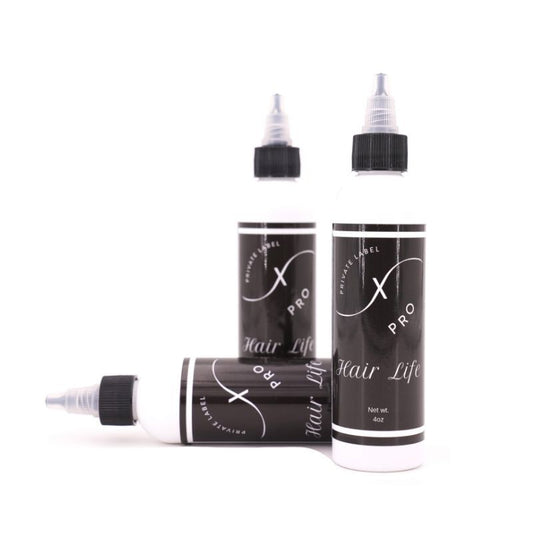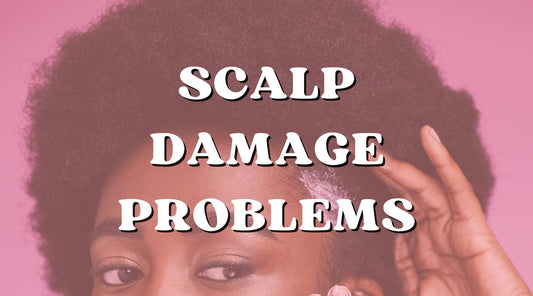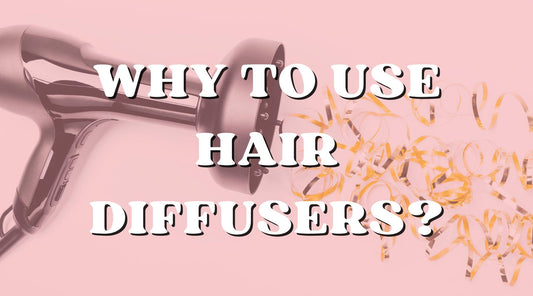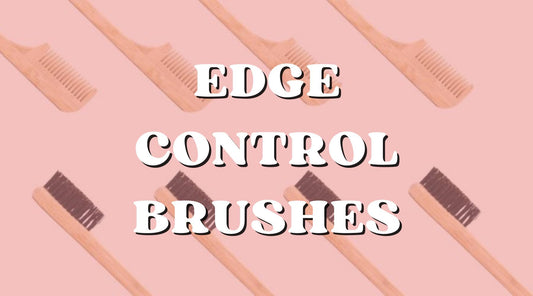1260 Memorial Drive
Atlanta, Georgia 30316
404-458-1330
How to Keep a Healthy Scalp and Hair While Wearing a Weave
Mikey MoranThe scalp is an essential area when it comes to hair care.
Why? Well, the scalp is where your hair grows out of. If the foundation of your hair isn't healthy, how could your hair or weaves possibly be?
As a young child, I never knew how important the scalp was. I used to scratch my scalp due to having eczema, and it would create scabs and all kinds of issues.
Initially, because my hair was still long, I assumed that my hair was healthy. I had thought the only aspect of healthy hair was length and shine.
My hair was long and shiny, so I thought I had no issues. However, when my hair started breaking off into clumps, I realized that my hair wasn't as healthy as I initially assumed.
After visiting a dermatologist, I was able to get down to the bottom of my issue.
My scalp wasn't healthy enough to maintain my hair. 💔
It wasn't strong enough to hold all my thick hair, so my hair started breaking off.
Thankfully, I was able to get a regimen that put me back together. Overall, it was vital for me to nourish my scalp whenever I nourished my hair.
There are so many different scalp issues that arise when it's not properly taken care of.
To avoid all that, you'll need to keep your scalp healthy and nourished. We've got all the best tips and tools necessary to keep your hair healthy. Let's get into it!

Keep Your Scalp and Hair Healthy!
We all want that flawless, full weave that will last us up to two months.
There are no boundaries when rocking a weave nowadays. They can go as short as a pixie cut to as long as 40 inches, not to mention all the color options you have to choose from to transform your look.
From the cost of the hair and labor to how long it takes to get the weave installed, there is a lot invested in getting a weave.
Everyone wants to see a return on their investment, so make sure you've done all that you can to make your weave last.
One major thing to keep in mind is keeping your hair and scalp healthy.

Happy Scalp = Happy Hair
Keeping your scalp healthy before, during, and after a weave is very important.
This is directly related to how your hair will or will not flourish after a weave.
Weaves can be low maintenance, but let's not forget to care for our scalp, which promotes healthy hair strands.
If the PH in your scalp is off, making your scalp not produce enough or produce too much sebum (oil) and cause scalp acne, it could be very uncomfortable wearing a weave.
You will suffer from an irritated and itchy scalp, which will make you want to take out the weave after only a week or two.
Knowing the condition of your scalp before getting the weave can help you build a regimen to keep your scalp and hair healthy.
With a regimen in place, you can almost guarantee your hair will come out of a weave as healthy as can be.

Evaluating Your Scalp
Let's first gauge if the scalp is healthy enough to be under a weave for a few months.
This is where the consultation comes into play. Some people might not be able to get a weave if their dermatologist prescribed a topical that needs to be often applied.
It may not be a good idea to get a weave if your scalp is already dry or irritated. In both instances, the scalp needs to be treated before the weave.
An oily scalp will cause build-up and may leave the scalp tender because the scalp is continuously moist.
For those with an oily scalp, you may find it more beneficial to shampoo your hair more often than most.
You will have to take into account if your scalp is dry or oily when building your regimen.

What Does the Scalp Need?
In both cases, between dry scalp and oily scalp, a pH-balanced duo of shampoo and conditioner helps a great deal.
A great PH for shampoo would be between 6.0 and 8.0. A great PH for conditioner would be between 4.0 and 5.0.
Not all companies openly put PH levels on their bottles, but it should be somewhere on their website.
Dry Scalp Relief
In the case of a dry scalp, you could apply oils such as grape seed and jojoba to nourish the scalp.
When it comes to an itchy and irritated scalp, try using tea tree oil and rosemary.
You could also get a stimulating shampoo and conditioner.
This duo will soothe the scalp while also nourishing it.
Nourishment can relieve the scalp of many imbalances. You can use an applicator bottle or cotton ball to apply it directly to the scalp.
Implement these oils before your shampoo or while the conditioner is sitting on your hair, and rinse out.
Massaging Your Scalp
Massaging the scalp will help a great deal.
Sometimes, the blood flow in your scalp needs a little help from your fingertips to boost circulation.
You can massage your scalp throughout the day or give your scalp an extra 5 minutes while your conditioner is in and massage in oils mentioned that best suit your scalp situation.

Wash It Like It's Yours
There are countless YouTube tutorials on how people wash their bundles or soak them overnight.
Bundles are usually sanitized by the company you purchase them from. For added reassurance, you may want to clean them before applying them to your hair.
Plus, using your favorite shampoo and conditioner on your bundles will give you some practice working with your new hair!
Your Hair Needs Love, Too
After the shampoo and conditioner, you want to apply a leave-in conditioner that will protect your hair from the heat when getting it blown out.
Next is a daily moisturizer. Apply your moisturizer onto your hair after the blowout and right before the braid down.
Keeping hair moisturized will equip your hair for what it needs leading up to your first shampoo with the weave still installed in your hair.

The Braid Down
The braids should be bearable and not too tight.
Excessive tension will irritate the scalp and can cause thinness and baldness. The scalp can only handle so much.
Many Stylists put a stocking cap, wig cap, or a net on your foundation so that they can apply the weave or braiding hair wherever they choose. This technique allows you to use as many bundles as possible.
Many braided foundations have the braids packed tightly together so that you couldn't get to your scalp even if you tried.
If you have a dry scalp and need to get to your scalp to apply an oil often, this may be a concern for you.
You want to make sure applying water to your scalp is possible.
Even though you are wearing a weave, you still want to rinse the sweat, oil, and product off of your scalp. Your scalp thrives when it is clean and positively stimulated.

What's That Smell?
That's right; we are going to talk about this.
Make sure you have time to sit under a hooded dryer when you plan on washing your hair and weaving so that your scalp and hair can dry fully.
Have you ever heard about or had a weave that did not smell as pleasant as you?
It is because bacteria grow on moist surfaces, and your scalp is not off-limits.
If you do not take the time out to dry your scalp and braids fully, you can look forward to that mildew smell or stinky braids.
You do not want to compromise the health of your scalp and hair, and you don't have to if you apply a few things from this article.

Remember This
Your scalp is essential for your overall hair health.
You can't take care of your hair without taking care of your scalp. Next time you're doing a hair routine, take a look at your scalp.
When you're doing any protective style, are you taking care of your scalp as well?
What does your scalp look like when your hair is braided down?
Does it seem moisturized or dry? These are essential questions to ask yourself as you take a look at your scalp.
Make sure you're using the right products and tools for your scalp as well. If you're prone to dry skin, it won't make sense to use a harsh shampoo or conditioner.
If your skin is sensitive, you'll want to make sure you use products that cater to your sensitivity. 🧴
Also, if you have any allergies, you'll need to be on top of those. When I tried new hair for the first time, my face and scalp broke out. It was an awful experience!
After realizing my allergy, I didn't use that hair anymore, and my scalp was in much better shape. There are tons of products that affect the hair.
Make sure you pay particular attention to it and take care of it. If you want to have luscious hair, you have to start at the base, which is your scalp. And shorten hair straightening time to make your hair less vulnerable.
Don't be afraid to talk to a professional if you need extra help.
My hair life changed after seeing a professional who knew how to help me. It might be the best option to get your hair life together!

